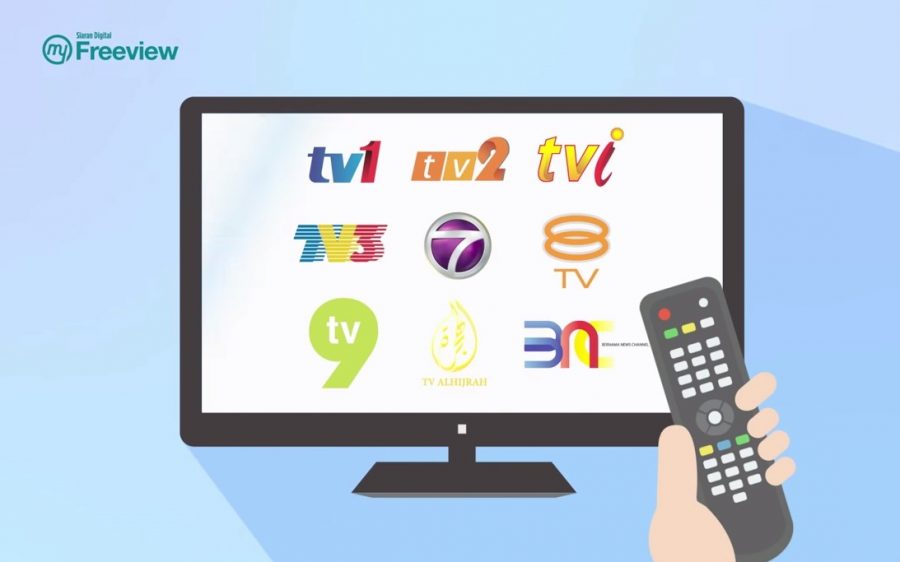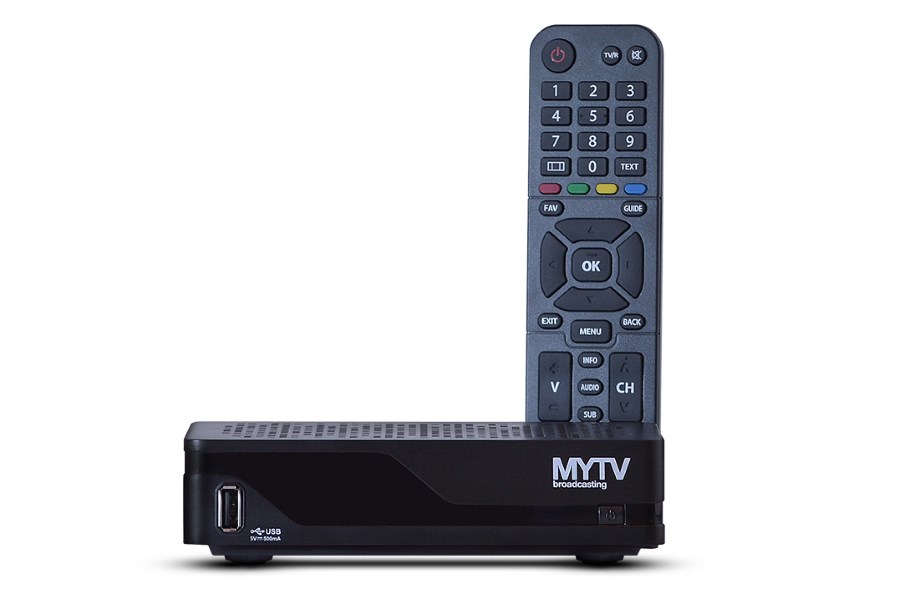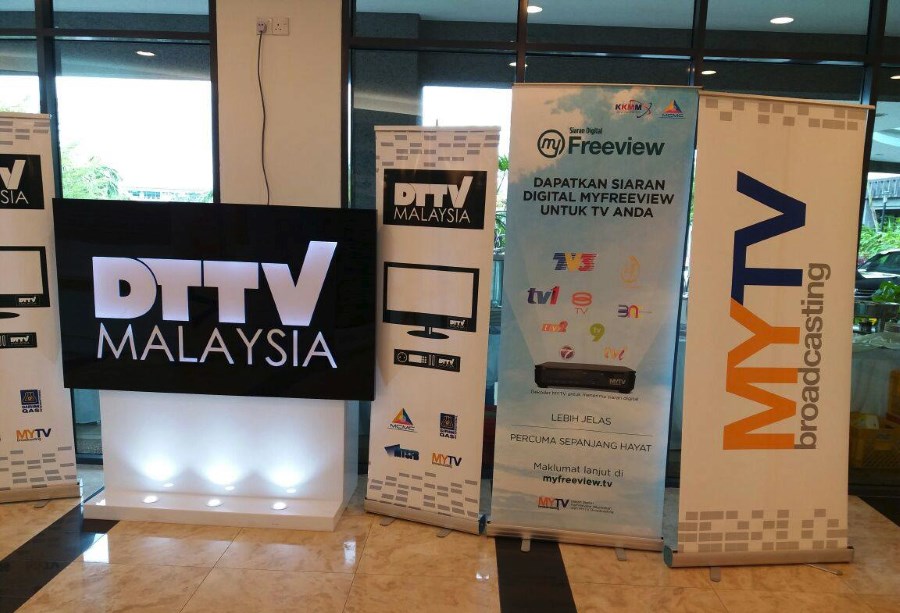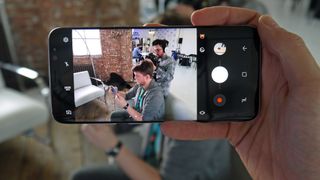What is the web?
1.PORTAL
A Web portal is a specially designed website that brings information from diverse sources, like emails, online forums and search engines, together in a uniform way. Usually, each information source gets its dedicated area on the page for displaying information (a portlet); often, the user can configure which ones to display. Variants of portals include mashups and intranet "dashboards" for executives and managers. The extent to which content is displayed in a "uniform way" may depend on the intended user and the intended purpose, as well as the diversity of the content. Very often design emphasis is on a certain "metaphor" for configuring and customizing the presentation of the content (e.g., a dashboard or map) and the chosen implementation framework or code libraries. In addition, the role of the user in an organization may determine which content can be added to the portal or deleted from the portal configuration.
2.BLOG
3.WIKI
A wiki is run using wiki software, otherwise known as a wiki engine. A wiki engine is a type of content management system, but it differs from most other such systems, including blog software, in that the content is created without any defined owner or leader, and wikis have little implicit structure, allowing structure to emerge according to the needs of the users.[2] There are dozens of different wiki engines in use, both standalone and part of other software, such as bug tracking systems. Some wiki engines are open source, whereas others are proprietary. Some permit control over different functions (levels of access); for example, editing rights may permit changing, adding or removing material. Others may permit access without enforcing access control. Other rules may be imposed to organize content.
4.ONLINE SOCIAL NETWORK
A social networking service (also social networking site, SNS orsocial media) is an online platform that people use to build social networks or social relations with other people who share similar personal or career interests, activities, backgrounds or real-life connections. The variety of stand-alone and built-in social networking services currently available online introduces challenges of definition; however, some common features exist:[1][2]
user-generated content (UGC) is the lifeblood of SNS organisations.[2][4] Online community services are sometimes considered[by whom?] social-network services, though in a broader sense, a social-network service usually provides an individual-centered service whereas online community services are group-centered. Social networking sites allow users to share ideas, digital photos and videos, posts, and to inform others about online or real-world activities and events with people in their network. While in-person social networking – such as gathering in a village market to talk about events – has existed since the earliest development of towns,[citation needed] the Web enables people to connect with others who live in different locations, ranging from across a city to across the world. Depending on the social media platform, members may be able to contact any other member. In other cases, members can contact anyone they have a connection to, and subsequently anyone that contact has a connection to, and so on. LinkedIn, a career-oriented social-networking service, generally requires that a member personally know another member in real life before they contact them online. Some services require members to have a preexisting connection to contact other members.
- Web page is an electronic document on the Web, which can contain text, graphics, animation, audio, and video.
- Web site is a collection of related Web pages and associated items such as documents and pictures, stored on a Web server.
- Web is a worldwide collection of electronic documents.
1.PORTAL
A Web portal is a specially designed website that brings information from diverse sources, like emails, online forums and search engines, together in a uniform way. Usually, each information source gets its dedicated area on the page for displaying information (a portlet); often, the user can configure which ones to display. Variants of portals include mashups and intranet "dashboards" for executives and managers. The extent to which content is displayed in a "uniform way" may depend on the intended user and the intended purpose, as well as the diversity of the content. Very often design emphasis is on a certain "metaphor" for configuring and customizing the presentation of the content (e.g., a dashboard or map) and the chosen implementation framework or code libraries. In addition, the role of the user in an organization may determine which content can be added to the portal or deleted from the portal configuration.
2.BLOG
A blog (a truncation of the expression "weblog")[1] is a discussion or informational website published on the World Wide Web consisting of discrete, often informal diary-style text entries ("posts"). Posts are typically displayed in reverse chronological order, so that the most recent post appears first, at the top of the web page. Until 2009, blogs were usually the work of a single individual,[citation needed] occasionally of a small group, and often covered a single subject or topic. In the 2010s, "multi-author blogs" (MABs) have developed, with posts written by large numbers of authors and sometimes professionally edited. MABs fromnewspapers, other media outlets, universities, think tanks, advocacy groups, and similar institutions account for an increasing quantity of blog traffic. The rise of Twitter and other "microblogging" systems helps integrate MABs and single-author blogs into the news media. Blog can also be used as a verb, meaning to maintain or add content to a blog.
A wiki is run using wiki software, otherwise known as a wiki engine. A wiki engine is a type of content management system, but it differs from most other such systems, including blog software, in that the content is created without any defined owner or leader, and wikis have little implicit structure, allowing structure to emerge according to the needs of the users.[2] There are dozens of different wiki engines in use, both standalone and part of other software, such as bug tracking systems. Some wiki engines are open source, whereas others are proprietary. Some permit control over different functions (levels of access); for example, editing rights may permit changing, adding or removing material. Others may permit access without enforcing access control. Other rules may be imposed to organize content.
4.ONLINE SOCIAL NETWORK
A social networking service (also social networking site, SNS orsocial media) is an online platform that people use to build social networks or social relations with other people who share similar personal or career interests, activities, backgrounds or real-life connections. The variety of stand-alone and built-in social networking services currently available online introduces challenges of definition; however, some common features exist:[1][2]
user-generated content (UGC) is the lifeblood of SNS organisations.[2][4] Online community services are sometimes considered[by whom?] social-network services, though in a broader sense, a social-network service usually provides an individual-centered service whereas online community services are group-centered. Social networking sites allow users to share ideas, digital photos and videos, posts, and to inform others about online or real-world activities and events with people in their network. While in-person social networking – such as gathering in a village market to talk about events – has existed since the earliest development of towns,[citation needed] the Web enables people to connect with others who live in different locations, ranging from across a city to across the world. Depending on the social media platform, members may be able to contact any other member. In other cases, members can contact anyone they have a connection to, and subsequently anyone that contact has a connection to, and so on. LinkedIn, a career-oriented social-networking service, generally requires that a member personally know another member in real life before they contact them online. Some services require members to have a preexisting connection to contact other members.
- A Web site that contains content that promotes or sells products or services.
- Nearly every business has a business Web site.
- Many of these companies also allow you to purchase their products or services online.
- Malaysia Airlines Online Booking Website
- Trivago
3.3 INTERNET SERVICES
WHAT IS INTERNET SERVICES?
Examples of internet service:
What is World Wide Web?
What is Electronic Mail (e-Mail)?
Electronic Mail (email or e-mail) is a method of exchanging messages ("mail") between people using electronic devices. Email first entered limited use in the 1960s and by the mid-1970s had taken the form now recognized as email. Email operates acrosscomputer networks, which today is primarily the Internet. Some early email systems required the author and the recipient to both beonline at the same time, in common with instant messaging. Today's email systems are based on a store-and-forward model. Emailservers accept, forward, deliver, and store messages. Neither the users nor their computers are required to be online simultaneously; they need to connect only briefly, typically to a mail server or awebmail interface, for as long as it takes to send or receive messages.
Instant Messagging (IM)
Instant messaging (IM) is a type of online chat that offers real-time text transmission over the Internet. A LAN messenger operates in a similar way over a local area network. Short messages are typically transmitted between two parties, when each user chooses to complete a thought and select "send". Some IM applications can usepush technology to provide real-time text, which transmits messages character by character, as they are composed. More advanced instant messaging can add file transfer, clickable hyperlinks, Voice over IP, or video chat.
Non-IM types of chat include multicast transmission, usually referred to as "chat rooms", where participants might be anonymous or might be previously known to each other (for example collaborators on a project that is using chat to facilitate communication). Instant messaging systems tend to facilitate connections between specified known users (often using a contact list also known as a "buddy list" or "friend list"). Depending on the IM protocol, the technical architecture can be peer-to-peer (direct point-to-point transmission) or client-server (an Instant message service center retransmits messages from the sender to the communication device).
Voice Over Internet Protocol (VOIP)
Voice over Internet Protocol (also voice over IP, VoIP or IP telephony) is a methodology and group of technologies for the delivery of voice communications and multimedia sessions overInternet Protocol (IP) networks, such as the Internet. The termsInternet telephony, broadband telephony, and broadband phone service specifically refer to the provisioning of communications services (voice, fax, SMS, voice-messaging) over the public Internet, rather than via the public switched telephone network (PSTN).
Message Board
An Internet forum, or message board, is an online discussion site where people can hold conversations in the form of posted messages.[1] They differ from chat rooms in that messages are often longer than one line of text, and are at least temporarily archived. Also, depending on the access level of a user or the forum set-up, a posted message might need to be approved by a moderator before it becomes visible.
Forums have a specific set of jargon associated with them; example: a single conversation is called a "thread", or topic.
File Transfer Protocol (FTP)
The File Transfer Protocol (FTP) is a standard network protocolused for the transfer of computer files between a client and serveron a computer network.
FTP is built on a client-server model architecture and uses separate control and data connections between the client and the server.FTP users may authenticate themselves with a clear-text sign-in protocol, normally in the form of a username and password, but can connect anonymously if the server is configured to allow it. For secure transmission that protects the username and password, and encrypts the content, FTP is often secured with SSL/TLS (FTPS). SSH File Transfer Protocol (SFTP) is sometimes also used instead; it is technologically different.
The first FTP client applications were command-line programsdeveloped before operating systems had graphical user interfaces, and are still shipped with most Windows, Unix, and Linux operating systems.Many FTP clients and automation utilities have since been developed for desktops, servers, mobile devices, and hardware, and FTP has been incorporated into productivity applications, such asweb page editors.
- The World Wide Web (WWW or W3), commonly known as the Web, is a system of interlinked hypertext documents accessed via the Internet.
- With a web browser, one can view web pages that may contain text, image, video, and other multimedia, and navigate between them via hyperlinks.
Examples of internet service:
- World Wide Web (WWW)
- Electronic Mail (e-Mail)
- Instant Messaging (IM)
- Voice Over Internet Protocol (VOIP)
- Message Board
- File Transfer Protocol (FTP)
What is World Wide Web?
- World Wide Web (WWW), by name The Web, the leading information retrieval service of the Internet (q.v.; the worldwide computer network). The Web gives users access to a vast array of documents that are connected to each other by means of hypertext or hypermedia links—i.e., hyperlinks, electronic connections that link related pieces of information in order to allow a user easy access to them. Hypertext allows the user to select a word from text and and thereby access other documents that contain additional information pertaining to that word; hypermedia documents feature links to images, sounds, animations, and movies. The Web operates within the Internet’s basic client-server format; servers are computer programs that store and transmit documents to other computers on the network when asked to, while clients are programs that request documents from a server as the user asks for them. Browser software allows users to view the retrieved documents.
What is Electronic Mail (e-Mail)?
Electronic Mail (email or e-mail) is a method of exchanging messages ("mail") between people using electronic devices. Email first entered limited use in the 1960s and by the mid-1970s had taken the form now recognized as email. Email operates acrosscomputer networks, which today is primarily the Internet. Some early email systems required the author and the recipient to both beonline at the same time, in common with instant messaging. Today's email systems are based on a store-and-forward model. Emailservers accept, forward, deliver, and store messages. Neither the users nor their computers are required to be online simultaneously; they need to connect only briefly, typically to a mail server or awebmail interface, for as long as it takes to send or receive messages.
Instant Messagging (IM)
Instant messaging (IM) is a type of online chat that offers real-time text transmission over the Internet. A LAN messenger operates in a similar way over a local area network. Short messages are typically transmitted between two parties, when each user chooses to complete a thought and select "send". Some IM applications can usepush technology to provide real-time text, which transmits messages character by character, as they are composed. More advanced instant messaging can add file transfer, clickable hyperlinks, Voice over IP, or video chat.
Non-IM types of chat include multicast transmission, usually referred to as "chat rooms", where participants might be anonymous or might be previously known to each other (for example collaborators on a project that is using chat to facilitate communication). Instant messaging systems tend to facilitate connections between specified known users (often using a contact list also known as a "buddy list" or "friend list"). Depending on the IM protocol, the technical architecture can be peer-to-peer (direct point-to-point transmission) or client-server (an Instant message service center retransmits messages from the sender to the communication device).
Voice Over Internet Protocol (VOIP)
Voice over Internet Protocol (also voice over IP, VoIP or IP telephony) is a methodology and group of technologies for the delivery of voice communications and multimedia sessions overInternet Protocol (IP) networks, such as the Internet. The termsInternet telephony, broadband telephony, and broadband phone service specifically refer to the provisioning of communications services (voice, fax, SMS, voice-messaging) over the public Internet, rather than via the public switched telephone network (PSTN).
Message Board
An Internet forum, or message board, is an online discussion site where people can hold conversations in the form of posted messages.[1] They differ from chat rooms in that messages are often longer than one line of text, and are at least temporarily archived. Also, depending on the access level of a user or the forum set-up, a posted message might need to be approved by a moderator before it becomes visible.
Forums have a specific set of jargon associated with them; example: a single conversation is called a "thread", or topic.
File Transfer Protocol (FTP)
The File Transfer Protocol (FTP) is a standard network protocolused for the transfer of computer files between a client and serveron a computer network.
FTP is built on a client-server model architecture and uses separate control and data connections between the client and the server.FTP users may authenticate themselves with a clear-text sign-in protocol, normally in the form of a username and password, but can connect anonymously if the server is configured to allow it. For secure transmission that protects the username and password, and encrypts the content, FTP is often secured with SSL/TLS (FTPS). SSH File Transfer Protocol (SFTP) is sometimes also used instead; it is technologically different.
The first FTP client applications were command-line programsdeveloped before operating systems had graphical user interfaces, and are still shipped with most Windows, Unix, and Linux operating systems.Many FTP clients and automation utilities have since been developed for desktops, servers, mobile devices, and hardware, and FTP has been incorporated into productivity applications, such asweb page editors.
Read Users' Comments (0)

























